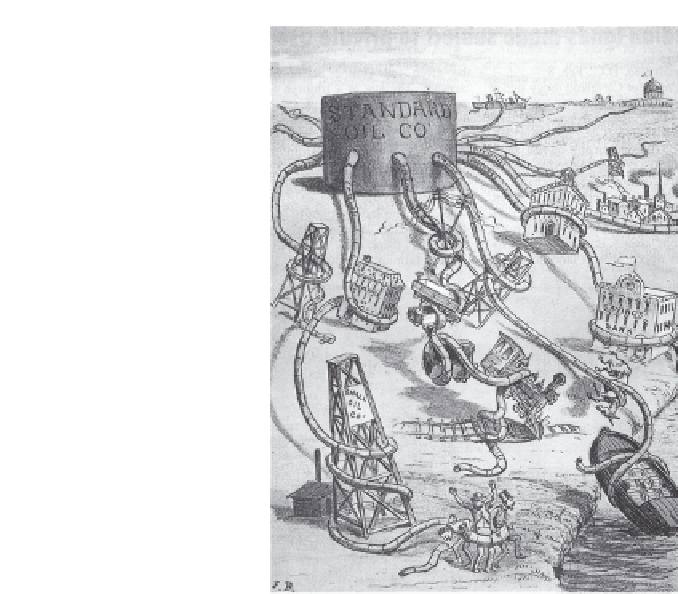Environmental Engineering Reference
In-Depth Information
being dwarfed by
the state-controlled
oil companies of
the major oil-pro-
ducing countries,
mostly members
of OPEC but also
including Russia,
Mexico and Brazil.
In terms of reserves
and even produc-
tion, the interna-
tional oil companies
now lag far behind
national oil com-
panies (NOCs) like
Saudi Aramco, the
National Iranian
Oil Company,
PdVsa of Venezuela,
Petrobras of Brazil
or
Gazprom
of
Russia.
This is no sur-
prise. These com-
panies and their
countries hold most
of the world's oil
reserves. These reserves were first developed, for the most part, by the
international oil companies, or IOCs as the Western publicly listed and
traded oil companies are referred to in the oil business. But over a period
from the 1950s until the mid-1970s, the oil-producing countries asserted
sovereignty over their reserves and passed control of these reserves to
their own newly-created national oil companies, or NOCs as they are
referred to in the oil world. This, plus the fact that non-OPEC oil explora-
tion success in areas like the UK part of the North Sea and the US portion
of the Gulf of Mexico has peaked, means that a little over seventy percent
of world oil and gas reserves is now in the hands of NOCs, though their
share of global oil and gas output is just over fifty percent.
Public concern over the power of oil companies goes
back a long way, as demonstrated by this political
cartoon from the nineteenth century, pointing out just
how powerful Rockefeller's Standard Oil company had
become in the US.































































